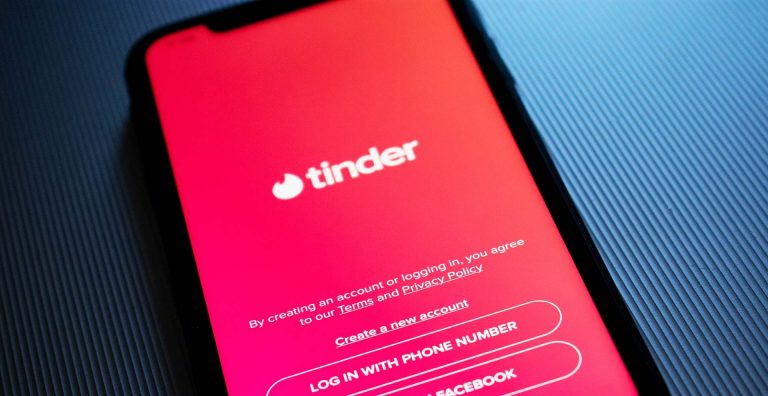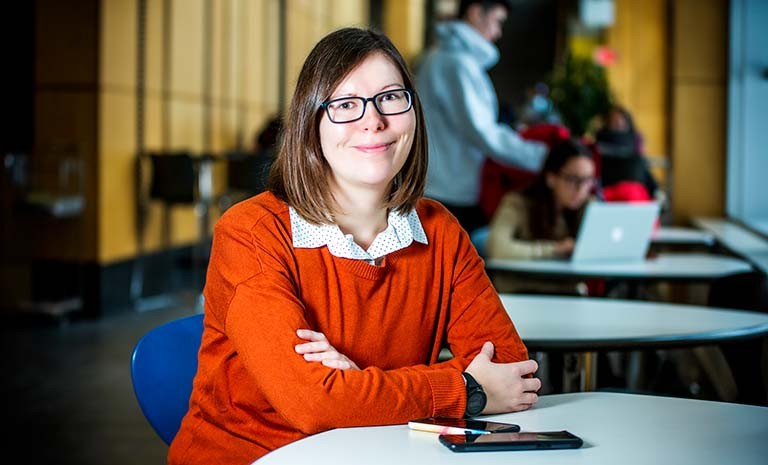Tinder is a good example of how people use technology for far more than we think, Concordia researcher says

Tinder’s meteoric rise in popularity has cemented its position as the go-to dating app for millions of young and not-so-young users. Although it is widely known as a platform to facilitate hookups and casual dating, some of the app’s estimated 50 million+ worldwide users are employing it for something altogether different.
From multilevel marketing to political and health campaigning to promoting local gigs, Tinder users are appropriating the platform for their own purposes. And these can often have little to do with sex or dating. This so-called “off-label use” — a term borrowed from pharmacology describing when people use a product for something other than what the package says — is explored in a new paper published in the journal The Information Society.
“When people encounter a new technology, whether it’s a hammer or a computer, they use it in ways that fit their needs and lifestyle,” says author Stefanie Duguay, assistant professor of communication studies in Concordia’s Faculty of Arts and Science.
“This is commonly referred to as user appropriation in science and technology studies. However, once you buy a hammer, it doesn’t undergo regular updates or develop new features — apps do. They come with their own marketing, vision for use and sets of features, which they regularly update and often change in response to user activity.”
For this reason, Duguay says, the paper engages with Tinder as a way to think through what appropriation looks like in this back-and-forth relationship between users and apps.
 Stefanie Duguay, assistant professor of communication studies in Concordia’s Faculty of Arts and Science.
Stefanie Duguay, assistant professor of communication studies in Concordia’s Faculty of Arts and Science.
What’s in a label?
Duguay began her study with a thorough investigation of the Tinder app’s design, looking at the mechanics its developers created in order to guide users for its intended purpose. She next looked at dozens of media articles about people using it for purposes other than social, romantic or sexual encounters. Finally, she conducted in-depth interviews with four “off-label” users.
One user’s profile was being used to conduct an anti-smoking campaign. Another, an anti–sex trafficking campaign. A third was using the app to market her health products and the last was supporting US Senator Bernie Sanders’s Democratic Party presidential nomination run in 2016. She then compared and contrasted these different approaches to off-label use.
“I found that a lot of the time, Tinder’s expected use — dating and hooking up — informed or complemented their campaigns,” she says. “There would be an element of flirtatiousness or they would draw on users’ perception of Tinder as a digital context for intimate exchanges.”
She adds that many Tinder users who were on the app for its expected uses became upset when they discovered these profiles’ actual aims. “That shows that off-label use can be somewhat disruptive on the platform,” she says. “Though this depends on how narrowly people see that app’s purpose.”
Not looking down on hooking up
Duguay says conversations involving Tinder tend to not to be taken very seriously because of the app’s association with hookup culture. This dismissiveness obscures a larger point, she feels.
“I think sex and dating are very meaningful activities in our society,” she says. “But I was also seeing this range of activity on Tinder. Platforms like this are more like an ecosystem, and when users adopt different purposes than the ones they are designed for, the platforms can change their guidelines or features in ways that greatly affect their users.”
Duguay’s research has more recently included looking at how dating apps are responding to the COVID-19 pandemic. Along with David Myles, affiliate professor at the Université du Québec à Montréal, and Christopher Dietzel, a PhD candidate at McGill University, the three researchers are investigating how dating apps have communicated health risks to their users and taken measures in response to social distancing guidelines. Their preliminary findings are currently under peer review.
Read the cited paper: “You can’t use an app for that: Exploring off-label use through an investigation of Tinder.”


